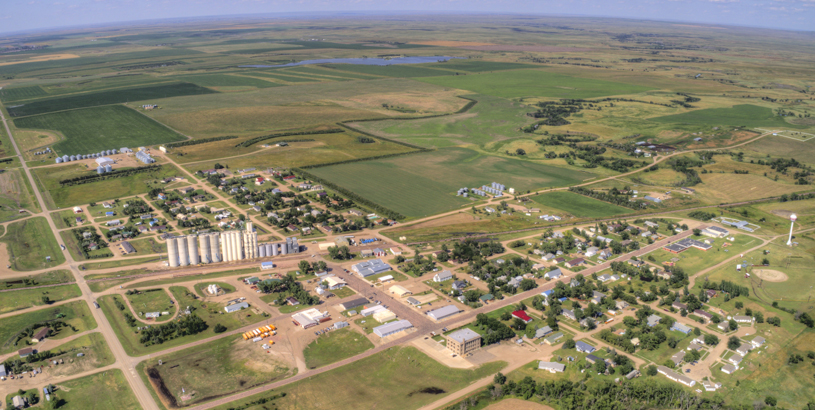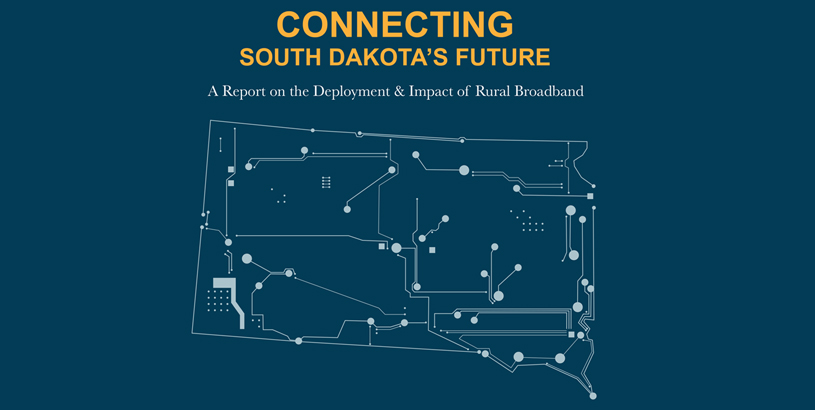S.D. outperforms other states with access to Internet
Aug. 23, 2018
This paid piece is sponsored by SDN Communications.
Those familiar with the wide, open spaces of South Dakota might find it hard to believe the state’s rural communities generally enjoy better broadband internet services than their peers in other states. And now the telecommunications companies that serve those populations have proof.
It’s all documented in a newly release report, “Connecting South Dakota’s Future: A Report on the Deployment & Impact of Rural Broadband.”
“We’re very proud of the results contained in this document because it clearly shows that South Dakota’s community-based, rural telecommunications providers have made a significant commitment along with substantial financial investment to make high-speed, affordable, broadband services available to all customers within their respective service areas,” said Richard Coit, executive director of the South Dakota Telecommunications Association.
Coit’s association hired South Dakota Dashboard, an online community information service, to compile the 2018 report for SDTA, its 18 member companies and SDN Communications, which provides the expansive network’s broadband backbone.
As the 22-page report points out, just more than half of all South Dakotans live in nonmetropolitan areas that SDTA member companies serve. These companies include cooperative, small commercial, municipal and tribal telecommunications entities that cover more than 76 percent of the state’s geography.
From 2013 to 2017, the state’s rural telecommunications companies invested $392 million in fiber optic lines, switches, equipment building and other long-term assets. Researchers found that generated $480 million in total economic impact.
As of 2017, SDTA’s member companies served more than 65 percent of their customers with fiber to their homes or businesses. In contrast, a national survey in 2016 found rural companies across the country serve just more than 40 percent of their customers via fiber to the premises.
“The future really is digital. That’s the way things are moving. It doesn’t matter if you’re in New York City or Kennebec. There’s a lot going on and what we need to do is make sure South Dakota – especially rural South Dakota – is positioned well,” said Jared McEntaffer, Dashboard project director and regional economist.
“South Dakota is ahead of the curve. Sometimes we think that life here is remote and behind the times. But when it comes to fiber deployment, the work being done (here in South Dakota) stands out,” McEntaffer said.
In addition to homes and businesses, SDTA members serve 402 schools — 94 percent of them have fiber service. However, good connectivity is also important to population segments such as those who are elderly. Good internet can provide access to services such as security and shopping, which can help them stay longer in their homes.
The rural nature of South Dakota does present challenges, though. SDTA companies serve more than 60,000 square miles of land — a lot of which has more cows than people.
Loan and grant help from programs such as the U.S. Department of Agriculture’s Rural Utilities Service and the federal Universal Service Fund have helped bridge cost differences and sped up broadband deployment in rural South Dakota. SDTA leaders point out that continued support of such programs is important to continued broadband deployment.
SDTA released the report Aug. 20 during a news conference the same day at an SDTA gathering in Brookings.
You can download a free copy of the “Connecting South Dakota’s Future” report by clicking here.








